
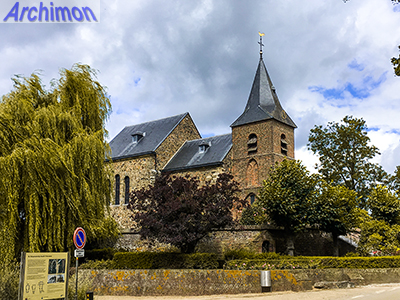 The
church of Asselt stands on historical ground. On a hill near
the river Maas the Francs built a fortress, which in 881 was
captured by the Vikings who terrorized the area. After the Vikings
left, a wooden church was built here, which was replaced by one made of stone in the 11th century. An important building material
was the ruble of Roman buildings, but stones from the river were
also used.
The
church of Asselt stands on historical ground. On a hill near
the river Maas the Francs built a fortress, which in 881 was
captured by the Vikings who terrorized the area. After the Vikings
left, a wooden church was built here, which was replaced by one made of stone in the 11th century. An important building material
was the ruble of Roman buildings, but stones from the river were
also used.
It was a small Romanesque church with a westtower and a rectangular choir. In 1515 the Maas reached a very high level and the tower collapsed. A new Gothic tower was built on the eastern side in 1555, at the back of the choir. Unlike the rest of the church, this new tower was made of brick.
In 1916 a restoration started, lead by P.J.H. Cuypers. Cuypers added new windows to the nave and replaced all later brickwork additions to the choir and nave, like buttresses, by natural stone. The roofs of the nave and the choir were heightened a bit. At the inside the walls were covered by a new layer of marl. Both the choir and the nave were given new vaults.
Cuypers also added an extension to the west-side of the church, consisting of a rectangular choir with a children's chapel on one side and a sacristy on the other, both with a stair-turret. The people of the village donated many stones from the river, which they had collected through the ages. The outside walls of the new extension were covered with these stones. As space was limited, the two big buttresses that support the new choir each have a passage.The hill was protected by a wall of concrete, covered with bricks. The work was finished in 1918. By then Cuypers was 91 years old. Asselt was one of his final works.
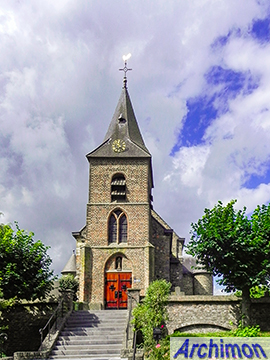
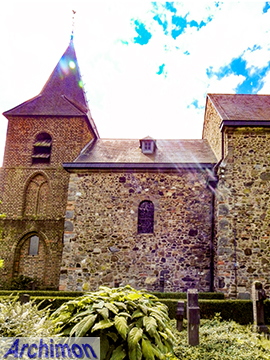
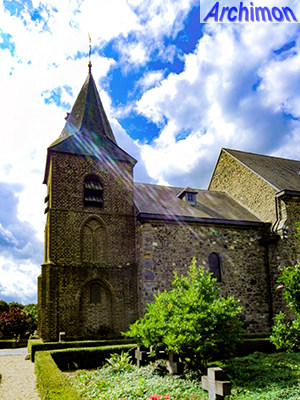
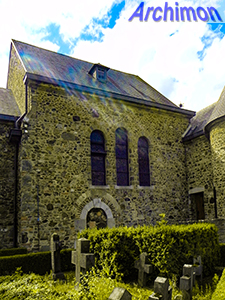
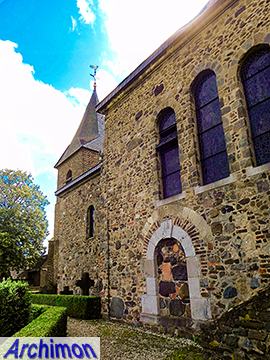
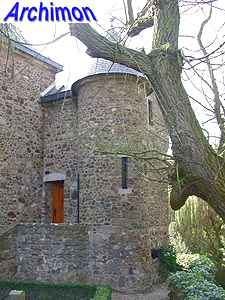
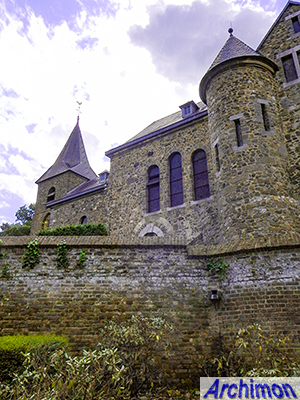
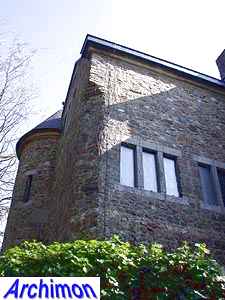
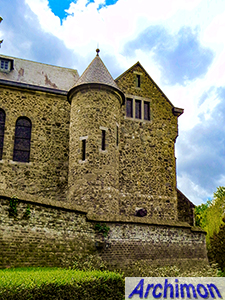
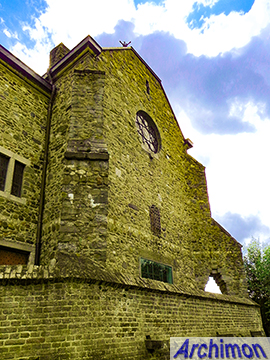
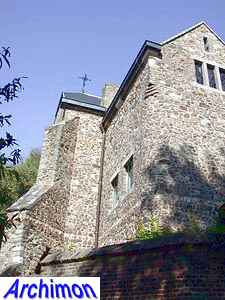
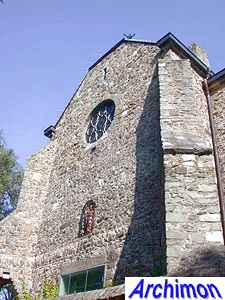
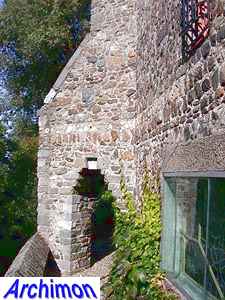
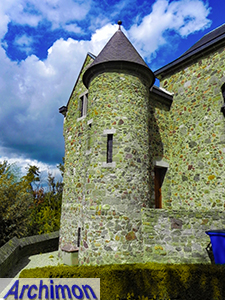
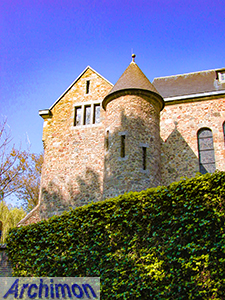
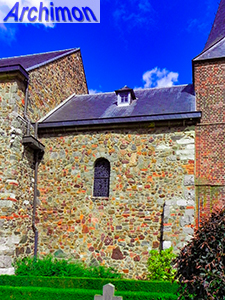
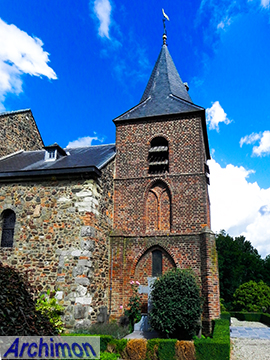
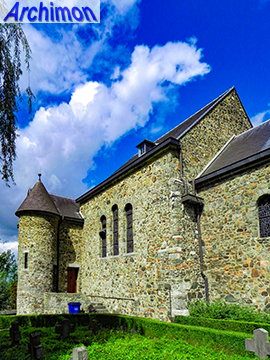
Back to Roermond municipality
Back to P.J.H. Cuypers